WWII pilot’s vivid D-Day account of towing a glider packed with soldiers into Normandy
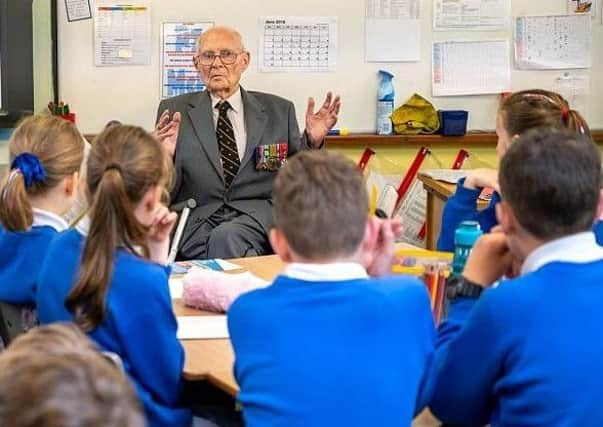

Codenamed Operation Overlord, five Allied army divisions were involved in the initial assault with over 7,000 ships, large and small, and several thousand aircraft – bombers, fighters, gliders and spotters.
An approximate total of 75,200 British and Canadian troops and 57,500 US troops were landed by sea and another 23,400 were landed by air.
Advertisement
Hide AdAdvertisement
Hide AdBy the end of June 11 (D-Day plus 5) 326,540 troops, 54,200 armoured vehicles and 104,430 tons of supplies had been landed on the beaches.
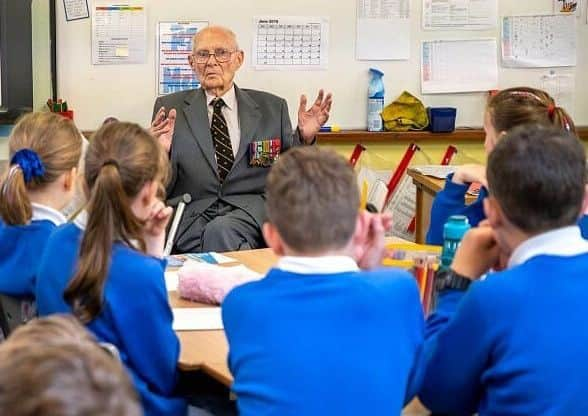

When it was over, the Allied Forces had suffered nearly 10,000 casualties and more than 4,000 were dead.
Northern Ireland played a vitally important role in Normandy, and during the lead-up to the invasion.
Several battalions of Royal Ulster Rifles arrived by air and sea on D-Day and many Ulstermen served heroically in Normandy and beyond as the Allies fought their way to Berlin.
Advertisement
Hide AdAdvertisement
Hide AdNorthern Ireland’s war effort at home was substantial with Belfast-built fighting ships and armed merchantmen playing an enormous role in the Second World War.


One of the River Lagan’s most famous vessels – HMS Belfast – fired one of the first salvos on D-Day.
Along with numerous fighting ships and wartime merchantmen, Harland and Wolff’s Belfast shipyard built eight enormous Tank Landing Craft that were pivotal to the Normandy Landings and H&W’s Southampton yard built the Mulberry Harbours that were towed to France to service the invasion.
The first two prototypes of the famous Churchill Tank, another important element of Operation Overlord, were built in Belfast.
Advertisement
Hide AdAdvertisement
Hide AdAfter the tanks’ engine specifications had been modified in Luton, orders for hundreds of Churchill Tanks came to Belfast and Carrickfergus.
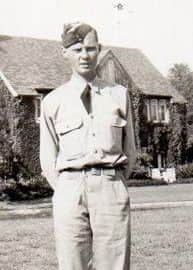

Aircraft, agricultural products and munitions were mass produced in Belfast and throughout Northern Ireland, and Ulster’s part in the Second World War, from Londonderry to Enniskillen to Ballyhalbert to Newry, was summed up by two of the war’s most iconic leaders.
Supreme Commander General Dwight D (Ike) Eisenhower, later to become the 34th President of the USA expressed the opinion: “Without Northern Ireland I do not see how American Forces could have been concentrated to begin the invasion of Europe.”
Prime Minister Winston Churchill confirmed Ike’s commendation: “But for the loyalty of Northern Ireland…we should have been confronted with slavery and death, and the light which now shines so strongly throughout the world would have been quenched.”
Advertisement
Hide AdAdvertisement
Hide AdIt was Ulster’s hosting of over 300,000 American GIs during the Second World War, many of them in Fermanagh, that was so critical to the success of D-Day, when many young US Army soldiers sacrificed their lives.
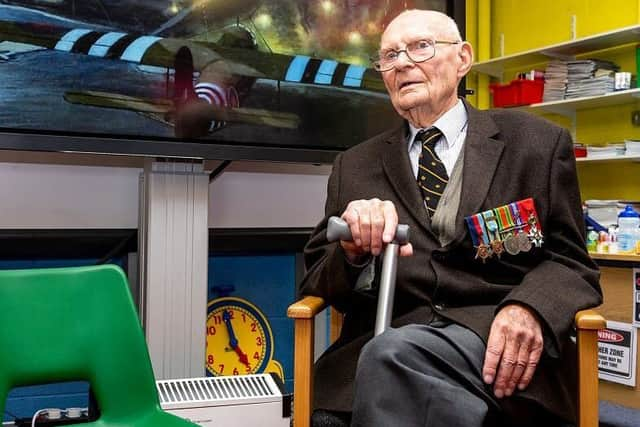

Eisenhower visited the Enniskillen base, beside the town’s Model School, shortly before the Normandy landings.
And there’s a busy programme of events at the school’s D-Day Commemorations tomorrow, where former Model School pupil and the Second World War bomber pilot Flight Lieutenant Bill Eames will be one of the special guests, along with several other Second World War veterans and their families.
Bill piloted one of the planes towing gliders packed with soldiers into Normandy on the morning of D-Day.
Advertisement
Hide AdAdvertisement
Hide AdA special commemorative painting by artist David Briggs, vividly depicting Bill’s plane towing the glider will be unveiled at the Model School event and presented to schoolchildren.
Bill has been involved in an educational project there, telling the pupils about his historic flight on D-Day.
Completing today’s page Bill shares just a few of his memories.
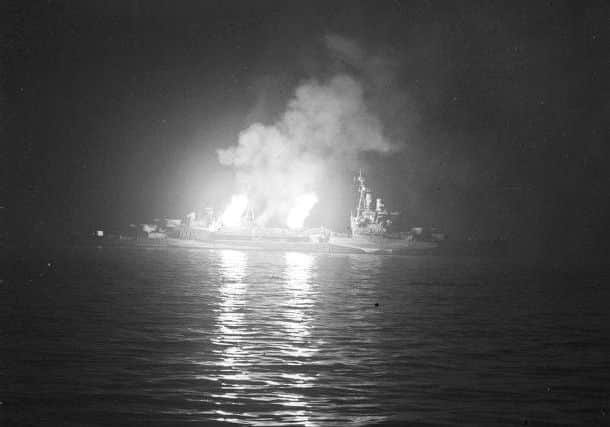

“I was footloose and fancy free at the time and not particularly frightened, but we did indeed realise the significance of what we were doing that day. We’d been training for it in secret for a year.
Advertisement
Hide AdAdvertisement
Hide Ad“We flew out from Harwell, Oxford, just before midnight. I remember having a bacon and egg supper beforehand and enjoying it!
“We were flying in the dark to the eastern side of the front to deliver troops from the Sixth Division to the Pegasus Bridge, which they secured. There were dozens of us tugging the gliders, they were heavy, so it took us five hours.”
“It was a very unpleasant night, quite stormy for us towing the gliders. It was an essential job to land them in the right position; if we hadn’t, they would have had to do a forced landing.
“It became dangerous once we approached the French coast – as soon as the Germans spotted us, the sky lit up like fireworks with anti-aircraft fire. It was all I could see for a while; there were thousands of ships below us, but I couldn’t see any of them.
Advertisement
Hide AdAdvertisement
Hide Ad“There was always the fear of being shot down, but to think of that was too depressing. I tried to stay positive. Was I scared? Well, I did get a bit cross with all that anti-aircraft fire trying to take me down – but they missed! We were under attack for 20 minutes or so, but no, we didn’t panic.
“We were delighted to get there and back in one piece, though. We were delighted to have done our bit well and to hear the good news of the victory, but the sea landings must have been dreadful. I was back in bed by the time the landings took place.”
Second World War history will come to life at Enniskillen Model School’s commemorative event tomorrow which is open to the public from 3-5pm and entrance is free-of-charge.
Due to ill health Bill Eames will not be attending the Enniskillen event.